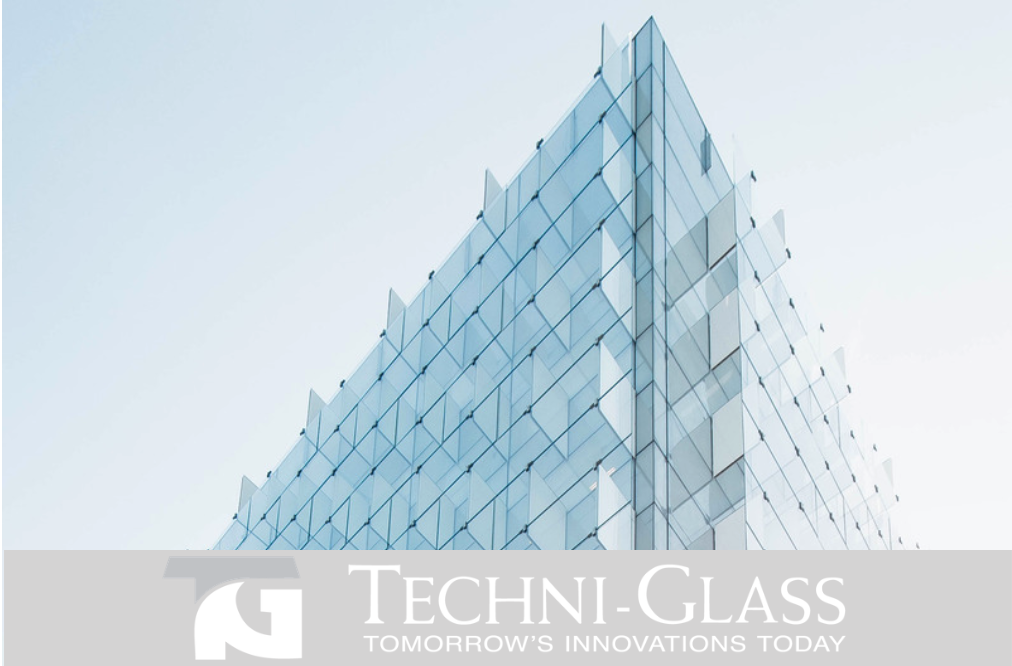Transparency, performance and technology are driving the future of glass. That’s according to senior associate for Eckersley O’Callaghan, Lisa Rammig, and we couldn’t agree more. Through extensive research and experimental work, innovators and engineers in the glass industry are pushing the limits to redefine and enhance the capabilities of glass as we know them today. The results of these initiatives are already taking form in the shape of never-before-seen architectural glass applications, ultra-thin glass, multi-layered laminates, and more.
“Glass is becoming a medium that doesn’t just form the envelope or shelter. The material can be a building support structure, a medium for communication and technological interaction, or an integrated smart system for whole-building performance.” – Lisa Rammig
Here are a couple of the big trends we’re looking forward to in the near future of glass.
Technological Glass
Technology and glass have always been deeply intertwined. Glass as we know it today is not possible without technology, and more and more we are seeing that the inverse is also true. On the production side, we’re seeing drastic advancements in things like 3D glass printing. On the consumer side, we’re seeing glass become more deeply ingrained in our daily lives as glass becomes ever thinner and stronger.
Read More: Glass Digital Printing
Environmental Glass
Glass is the future of energy efficiency. Glass as a green building material plays a huge and expanding role in reducing the amount of energy used in modern homes and commercial buildings. For example, daylighting, a term used to describe the use of natural light indoors, can save a massive amount of energy and money when used to replace traditional indoor lighting. Insulated glass can reduce heating and cooling costs. Glass also has a growing role in CREATING clean energy via solar panels.
Read More: Sustainable Glass – Reuse and Recycle
Additionally, innovations on the production side to reduce the amount of energy required to heat the glass are improving the sustainability of the industry as a whole. For example, modern tempering lines reduce heat loss from compressed air systems, convection generation, time wastage, and furnace walls. Further, improved loading efficiency and furnace capacity help minimize energy output in quenching and cooling.
Read More: Techni-Glass Receives Insulating Glass Certification
The Future of Glass
We are excited to be a part of the glass revolution. What do you think is coming next? With the advancements of the glass industry as a whole and Techni-Glass’s wide and expanding range of fabrication capabilities, the results are limited only by your imagination.
Ready to get started? Simply fill out the form below to start the process, beginning with a no-obligation quote.

